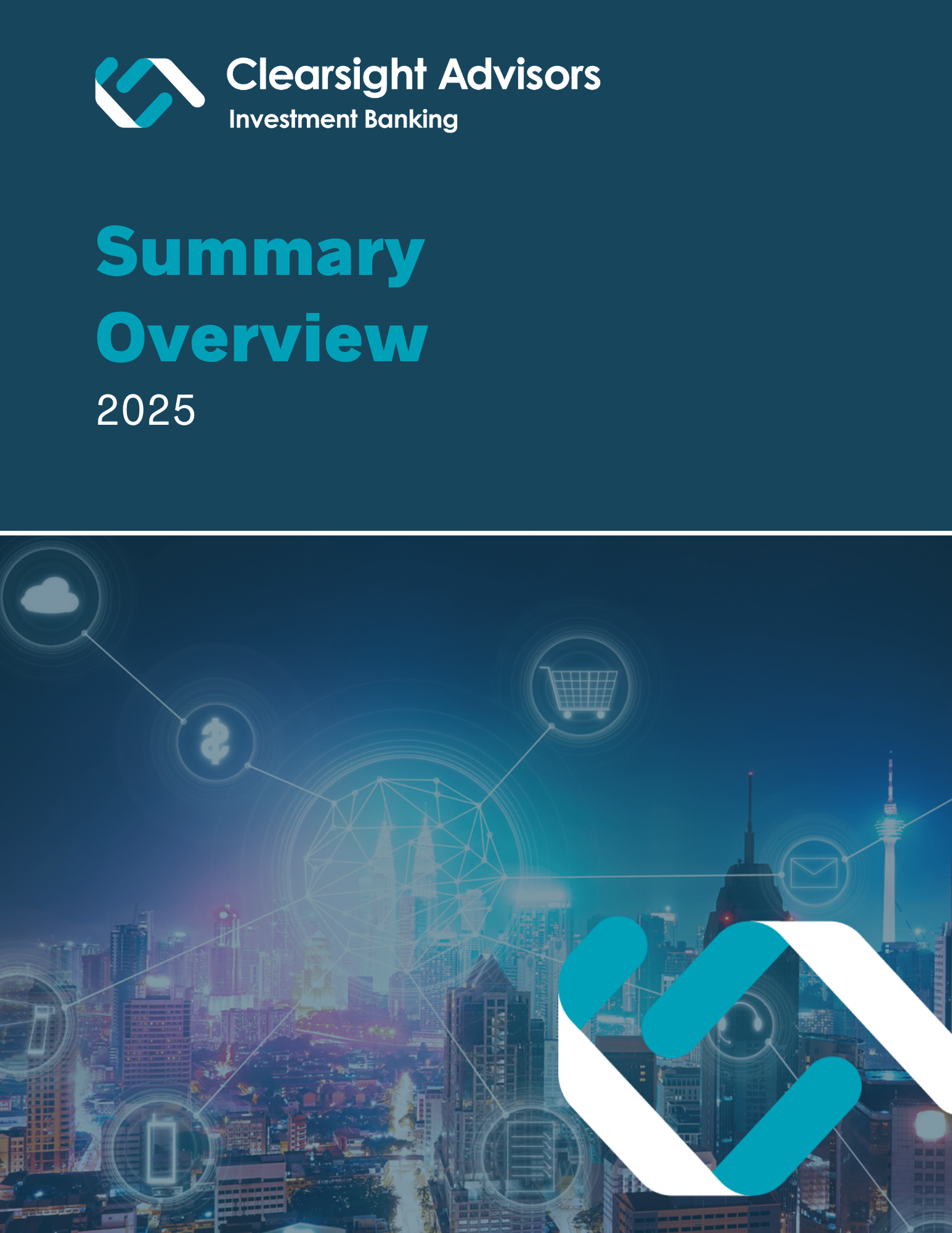Renewed Focus on Underbanked Payments and Financial Services
Two weeks ago we attended the Money2020 2013 event in Las Vegas. In only its second year, it is already touted as one of the best annual payments conferences going, and as I learned for good reason. Everybody within the payments world – vendors, financial institutions, technology companies, investment bankers, etc. – all converged on Las Vegas for four days and three nights of content-rich panel discussions, keynotes and networking. Quite frankly, it was a bit overwhelming. As you can imagine with this breadth, just about every trend in the payments world was discussed and debated, including digital wallets, online payments, compliance, fraud prevention, and everything in between. Out of all of the themes that emerged, the one that I found most interesting was the renewed focus on the underserved or underbanked segment of the market. Often, this market is relegated to reliance on very costly and generally less efficient financial services (e.g. microloans).
This paradigm is changing rapidly. Emerging, digital payment products/services that promise greater value and convenience are breathing new life into the underbanked/underserved segment of the payments market.
Why the renewed interest in financially underserved consumers?
Access Ubiquity of the internet and mobile communications has provided greater access to these consumers than ever before. More importantly, the digital channels offer a more compelling business model that is scalable with better margins than the prior “in-person” cash based models.
Big Data Unprecedented access to consumer information (e.g. transactional, social, etc.) allows for more robust risk profiling and insights into consumer preferences than ever before. As a result, underserved consumers that lack more conventional risk profiles (e.g. high credit scores) now have access to new credit-based products and services that were previously unavailable. The ability to track and monetize (both with better underwriting and data vending) these new digital transactions continues to add to the attractiveness of this market. Why did American Express launch Bluebird? Due to the very factors enumerated above.
Broader Application Once dominated almost entirely by cash-based, immigrant populations, these products and services (e.g. prepaid cards, mobile payments, etc.) also appeal to younger consumers who prefer to transact by phone or card.
All of these variables translate into greater profit potential in serving the underbanked market, which in turn will lead to increased innovation and disruption to traditional product/service models (e.g. money transfer, check cashing, walk in bill pay, payday loans, etc.).
We believe the factors above will continue to attract new entrants into the market (eg. Amex & Walmart) as well as new investment and strategic M&A to fill out both product portfolios as well as “marketing & management know-how” to serve this unique marketplace.
Share
